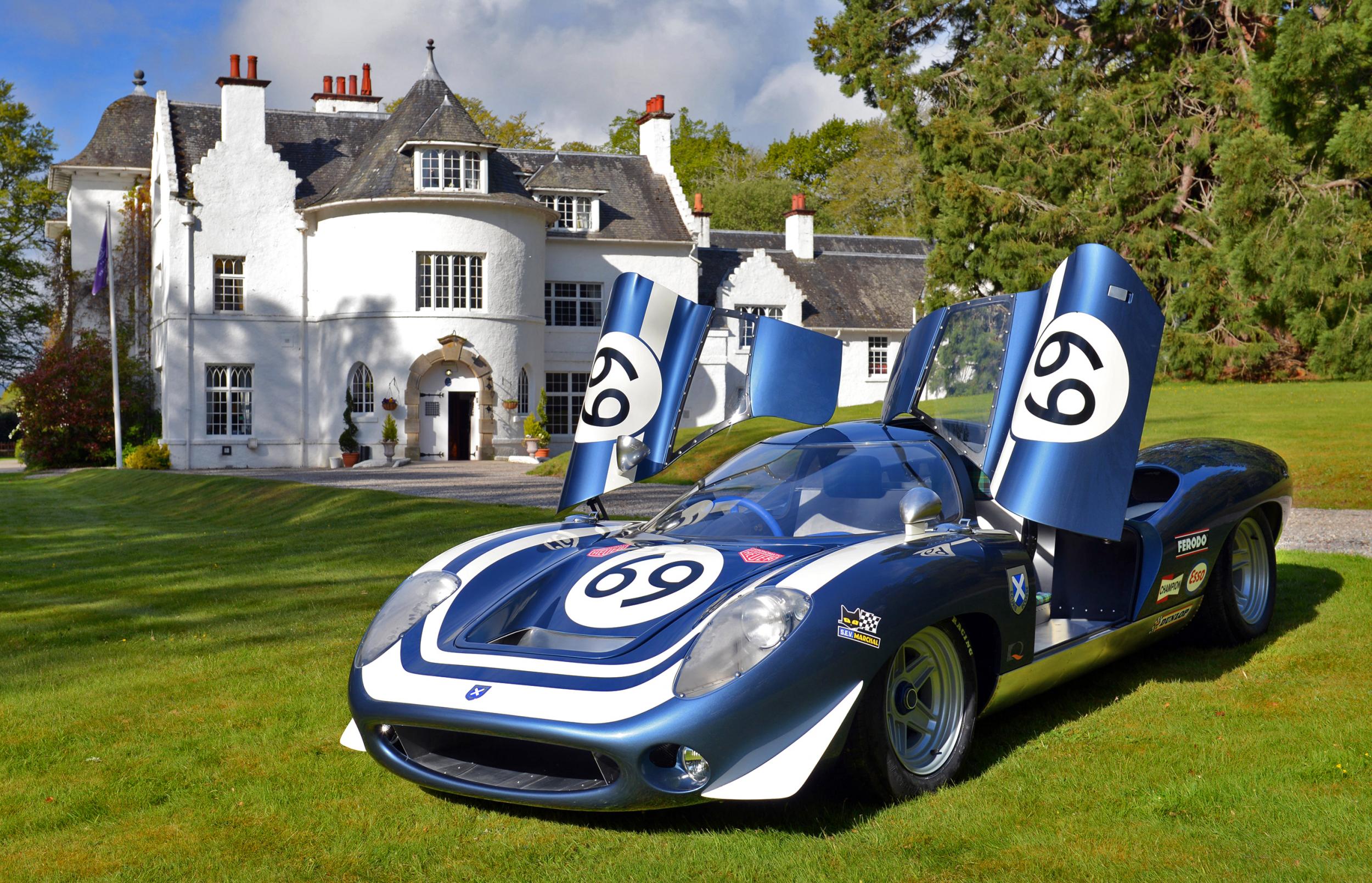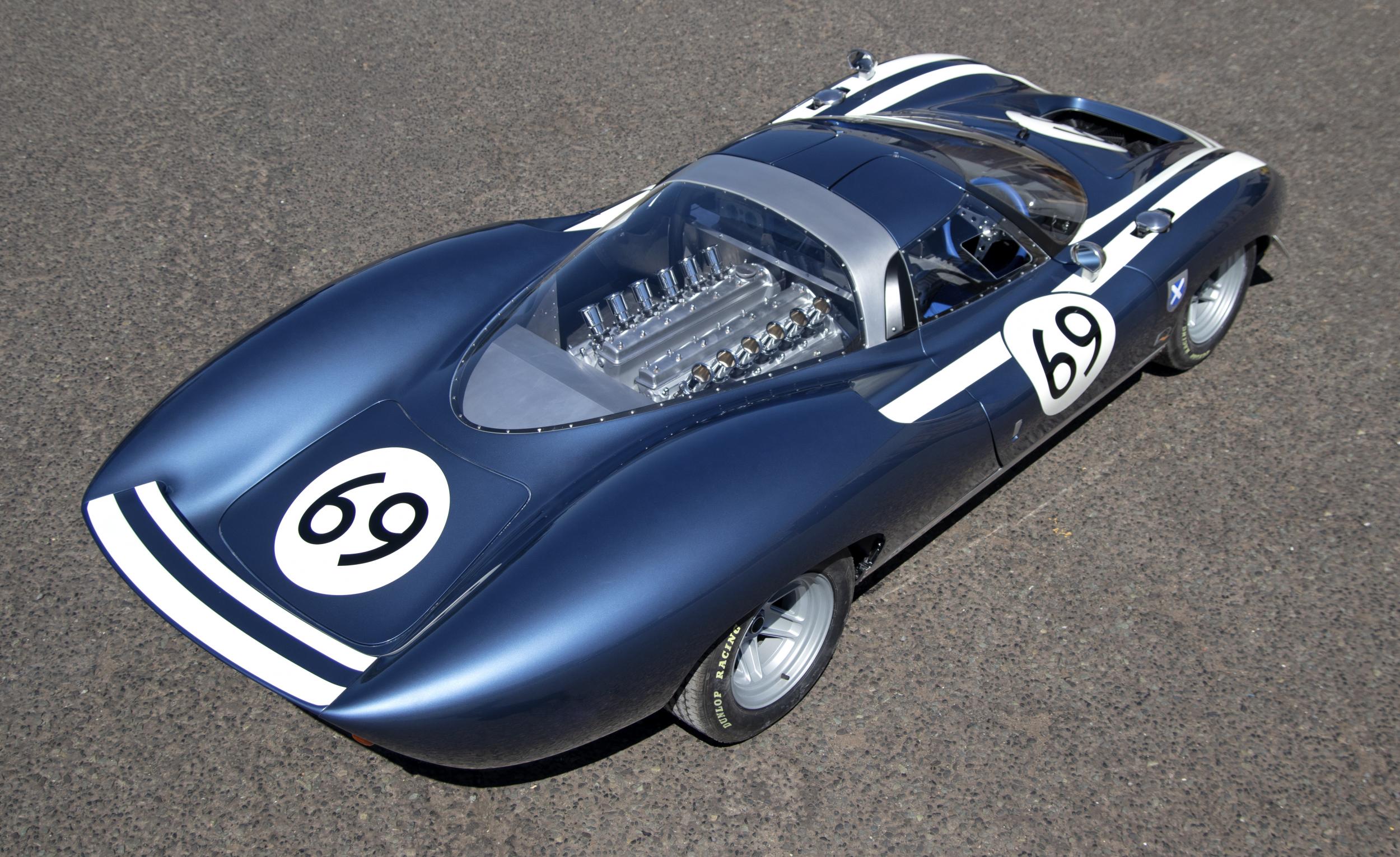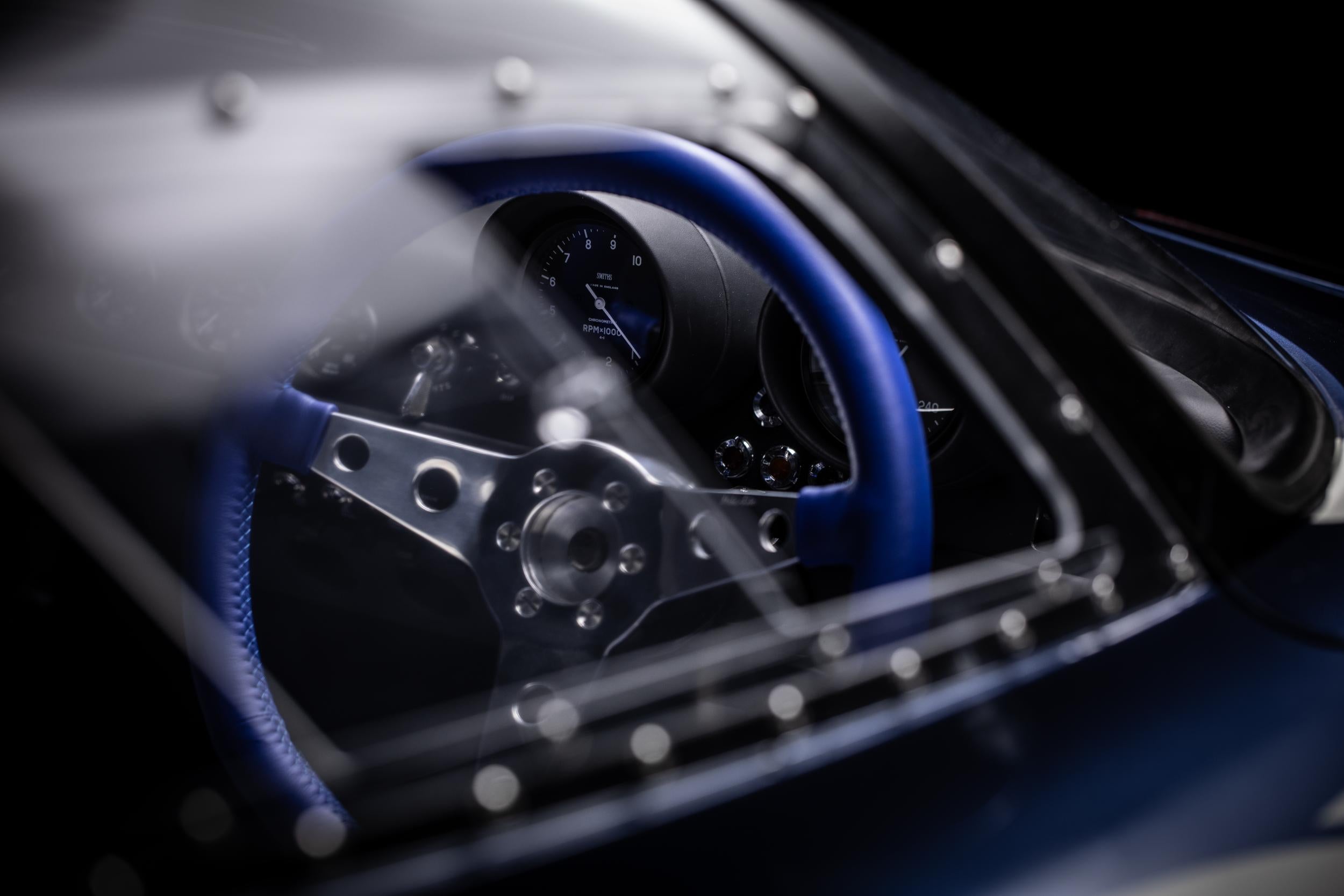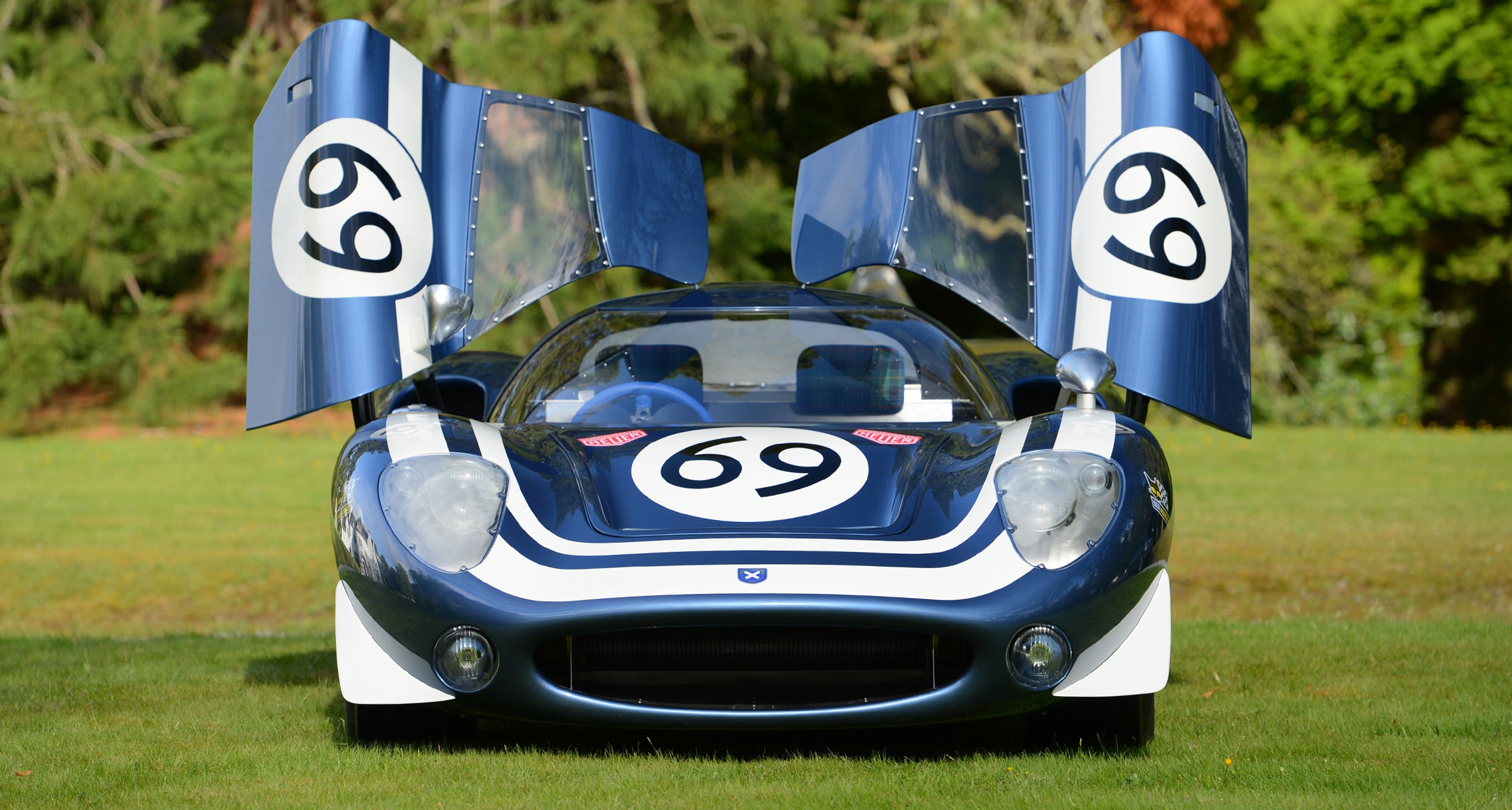Blast from the past: The lost Sixties race car finally taking to the road
A mothballed Jaguar prototype became the inspiration for the new Ecurie Ecosse LM69: a ‘golden age’ racer born in the 21st century

Now this looks very much like a genuine Le Mans racer from half a century ago, doesn’t it? A car that the famous racing team of the day Ecurie Ecosse, might have competed in, based on engineering by their long-time partner firm Jaguar. Not a retromobile exactly, though it is certainly more than a pastiche, nor a reimagining of a defunct model. It is more of a charming flight of fancy, an exercise in alternative history, like asking what might have happened if British Leyland had been better run or the great Skoda engineering concern hadn’t had to churn out duff communist cars for 40 years.

It is the Ecurie Ecosse LM69, a car that never was, but might have been.
So in this case the team behind it wondered to themselves what would have happened if Ecurie Ecosse had gone back to Jaguar in the late 1960s and suggested a new collaboration, one based on the similar 1966 XJ13 prototype that was crashed and then scrapped, Jaguar’s first ever mid-engined racer. What if..?
Well, now we know, and yes it is a curious exercise. It is undeniably authentic-looking, the budges and curves exactly as they were in back in those days. It is manufactured using only parts and technology that were around, at least in their basics, back in 1965, including reworking of the original V12 Jaguar engine, bored out to an optional 8-litre capacity. All the details – fuel fillers, headlamps, mirrors, typography – are true to their time; as we are told is the responsive driving experience. Most surmising of all, perhaps, this vehicle, the Ecurie Ecosse LM69 is quite legal. You can use it to go shopping if you like (it has a small boot in the back, as required under the then-current regulations for “homologated” racing car design – because they had to have at least some vestiges of road road cars.

But why? The answer to that question is Neville Swales, who owns the original, now restored XJ13, and has been manufacturing “the 13” on his own terms for a few years now. Obviously he cannot call it a Jaguar, as such, because he isn’t the owner of that particular badge and branding, because he isn’t, equally obviously, Jaguar Land Rover. So now he has decided to take the original concept and develop it, just as Ecurie Ecosse might have done with the old XJ13, and he has done so with the glad permission of Ecurie Ecosse, still racing after all these years. Swales is an engaging northerner, and he launched his latest idea at the Concours d’Elegance at Hampton Court Palace last week, where it met with a warm welcome, surrounded as it was by luscious Astons, Ferraris and Bentleys from the golden years of motoring.
Fifty year on, and making the best of today’s manufacturing and design technology, this is a track-day weapon that can also be shown off – posed in, I suppose – on the road.

As the XJ13 would have done had it been prepared for serious competition use, the LM69 benefits from innovations that appeared during that exciting era. Composite materials have been used, it’s lighter than the original car, and it boasts experimental aerodynamic devices, wider wheels and tyres, and a much-improved engine. The floorpan is of a traditional aluminium monocque or box-section design, rather than contemporary (ie 21st century) tubular frame-build construction.
Only 25 examples of the LM69 will be produced, in keeping with the 1969 FIA homologation requirements and to maintain its exclusivity. Each one will be individually hand-built in the West Midlands by the best British craftsmen in their field at Design Q, who styled the car with an eye to detail. Even the badge, with its saltire motif, is finished in sold silver, and the sills are padded with Ecurie Ecosse tartan trim, which looks cute. It’s good for 200mph plus, unrestricted.
The Ecurie Ecosse was started by accountant David Murray, who ran the team from a garage in an Edinburgh mews. He was looking for a new challenge after his own racing career had in a crash. The team’s inaugural season was 1952, starting with three owner-driver Jaguar cars, painted flag metallic blue, along with the St Andrews cross badging. The name was rendered in French because at the time, it was the international lingua franca of motor racing.
ecuriecars.com
Join our commenting forum
Join thought-provoking conversations, follow other Independent readers and see their replies
Comments